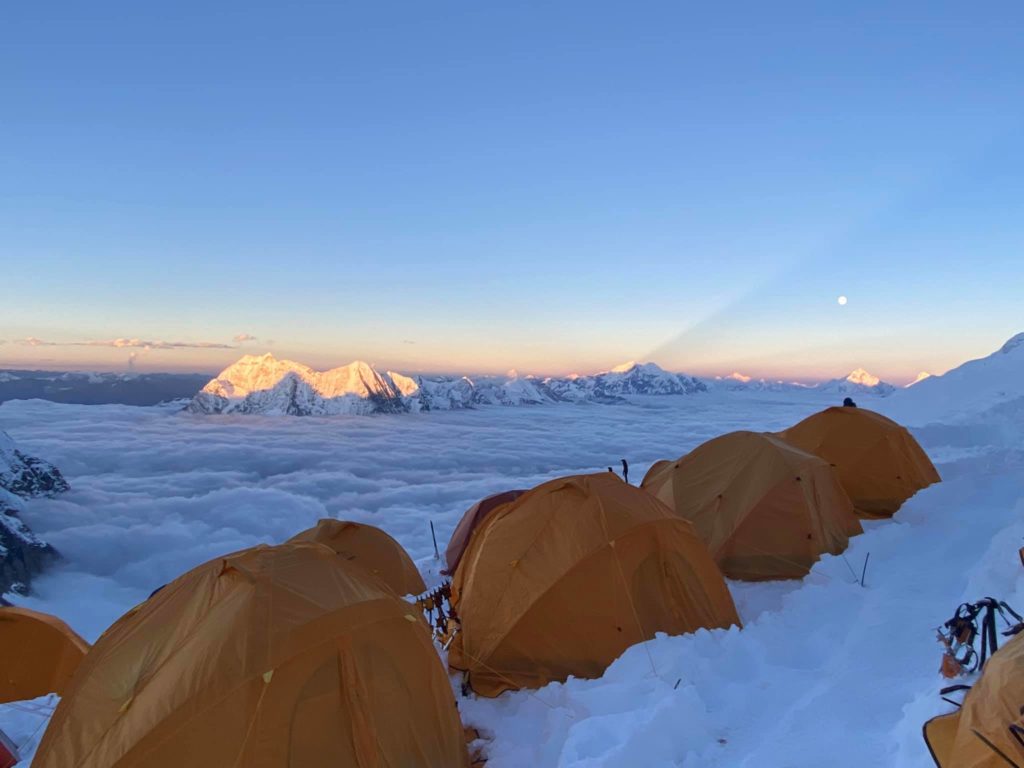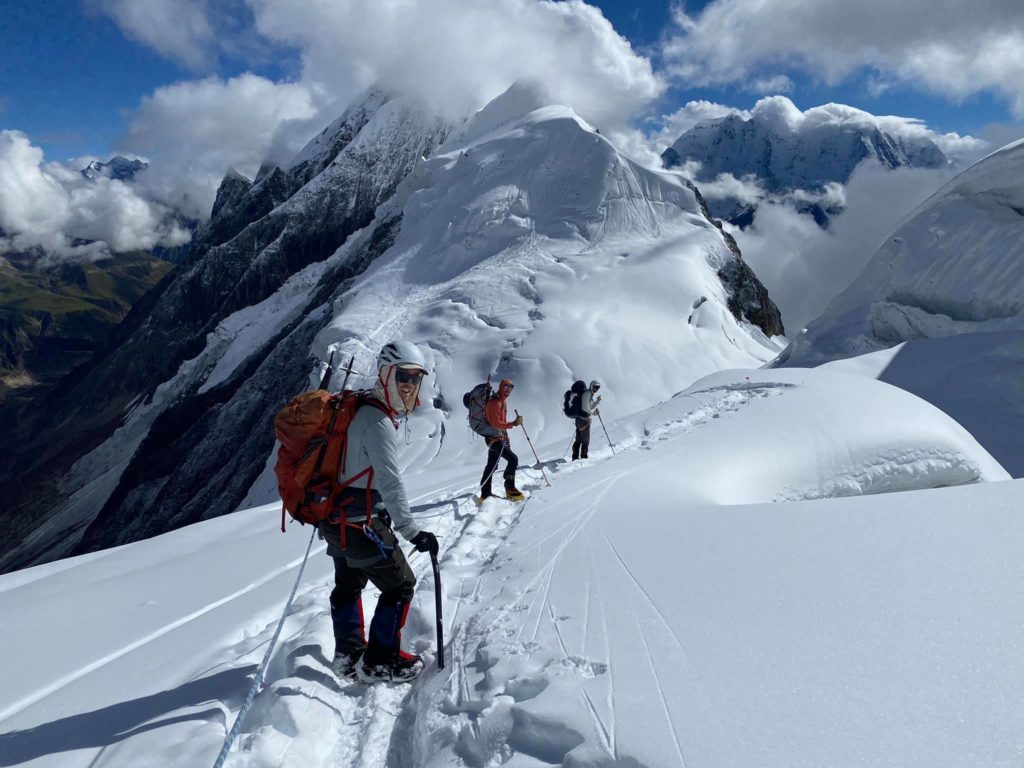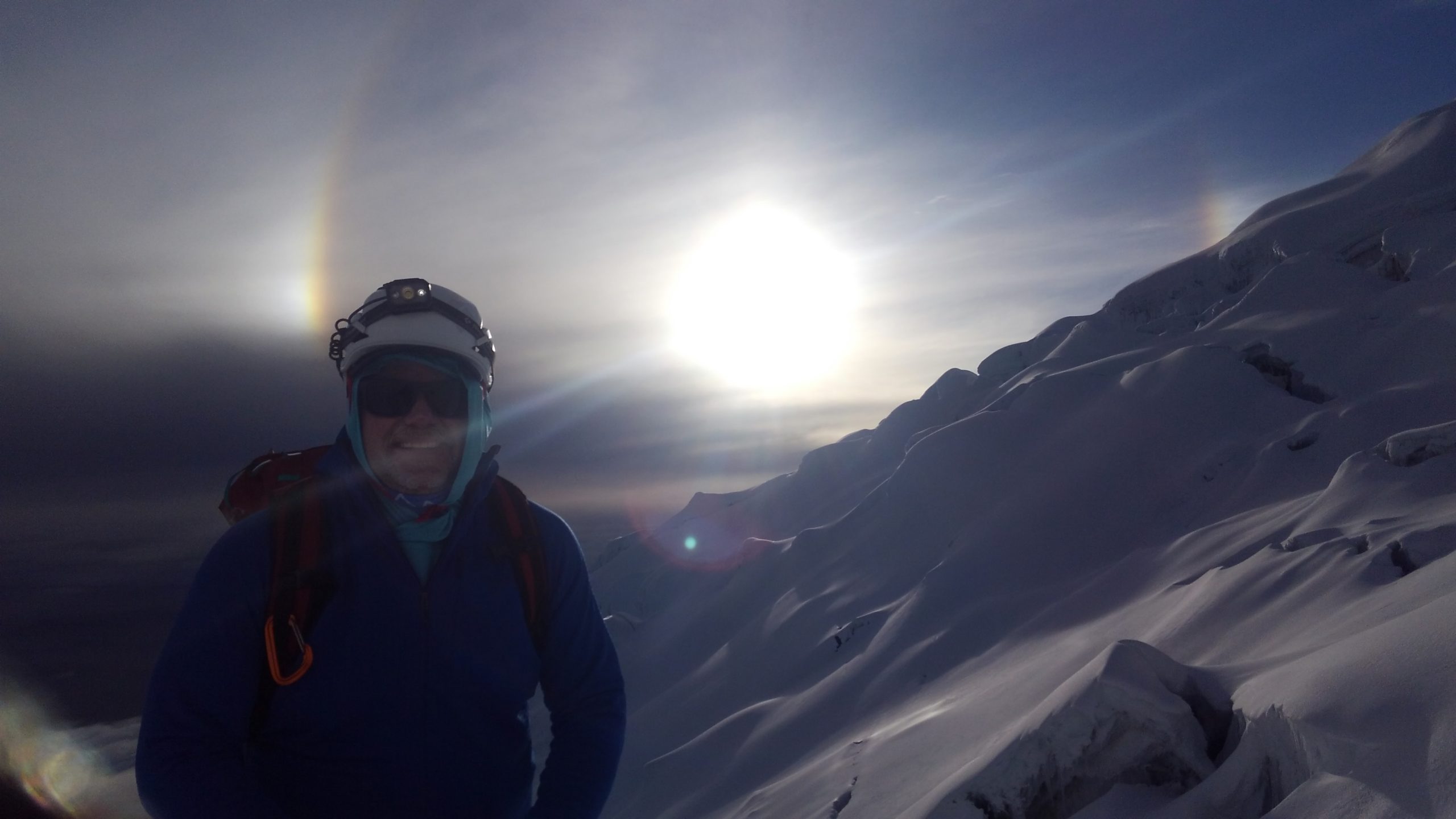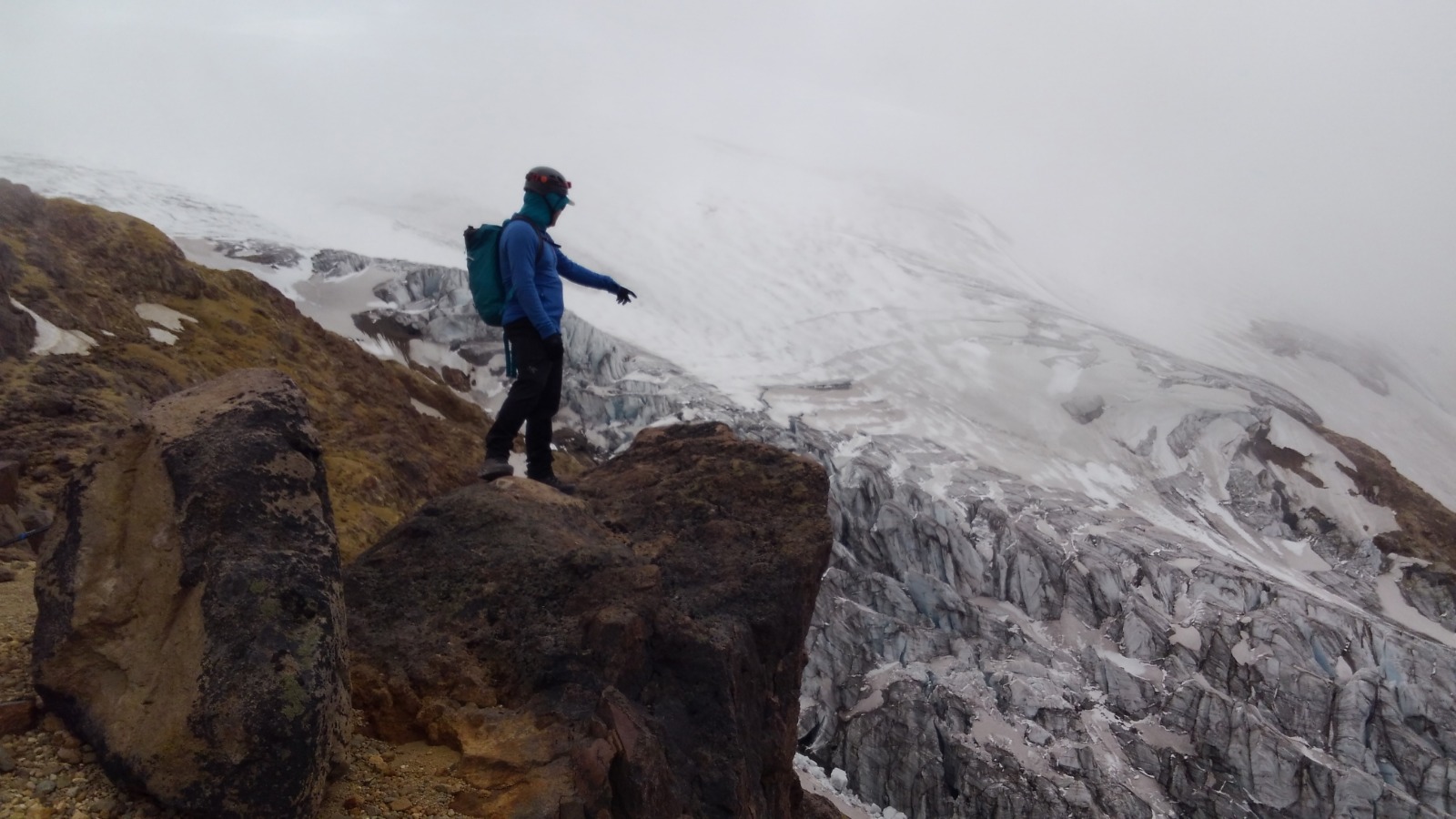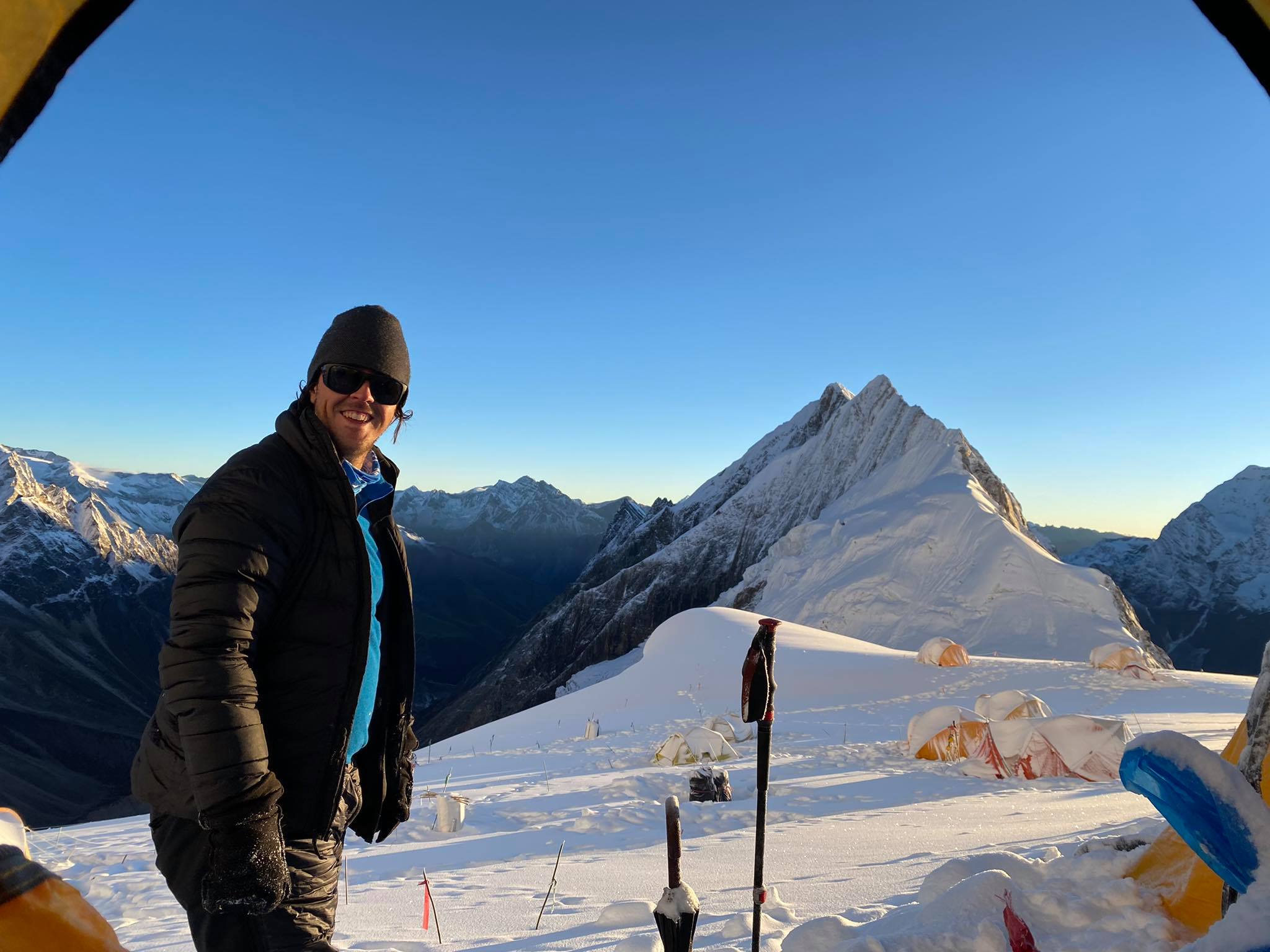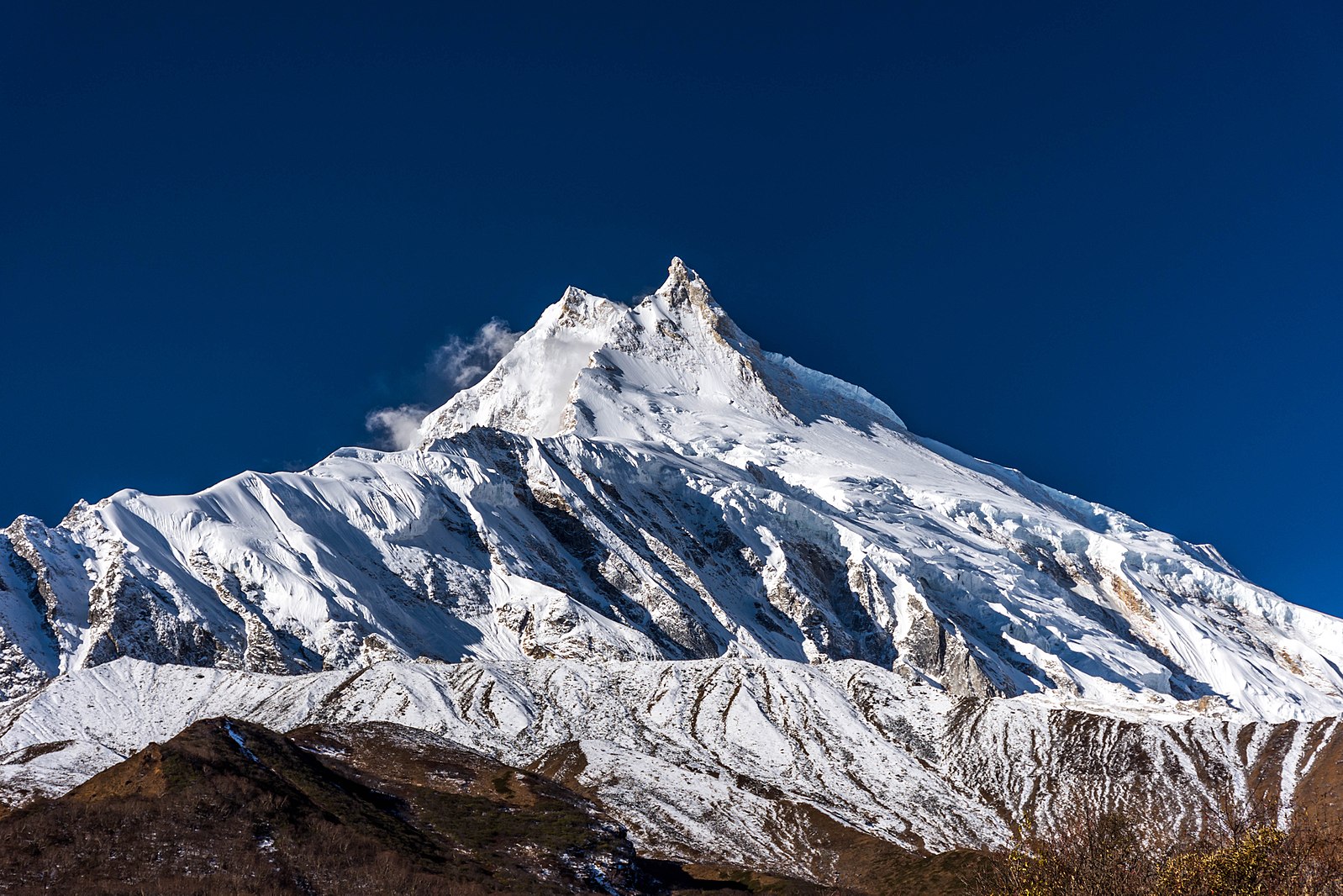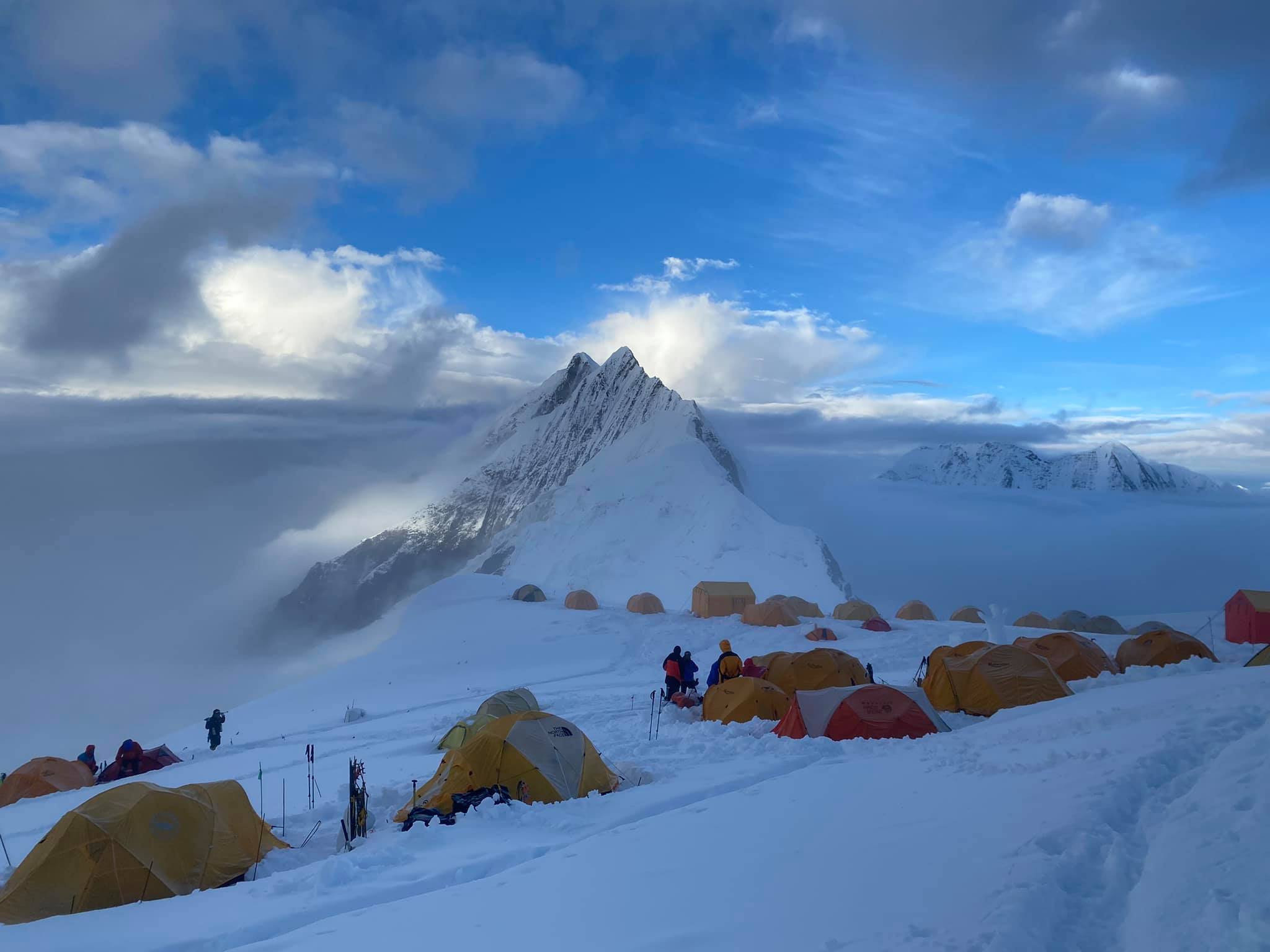... Ecuador Team Flying Home...
All members of our Ecuador team have made it out of Quito and are on their way home after a fantastic trip!
The crew did an exemplary job climbing and adjusting to the changes adventure travel throws our way. Solid climbing conditions on Cotopaxi gave way to a disappointing but prudent turnaround on Cayambe due to an electrical storm. The team also faced an unexpected closure of Chimborazo by the Ecuadorian Government. Not ready to miss out on the opportunity to keep climbing the Chimbo team quickly pivoted to an alternate climb and gave it their all for a full value expedition - nicely done team!
Climbing the Ecuador volcanoes always stands as one of the most fun and experientially valuable trips in the world. Where else can you climb high-altitude glaciers one day and relax at a tropical hot spring the next!?
CTSS has another team heading to Ecuador January 29th to February 8th, 2022 with room left for more climbers. Is Ecuador your next trip? Check out our Ecuador Volcanoes Page and email info@climbingthesevensummits.com for more info or to sign up.
Cheers,
CTSS Team

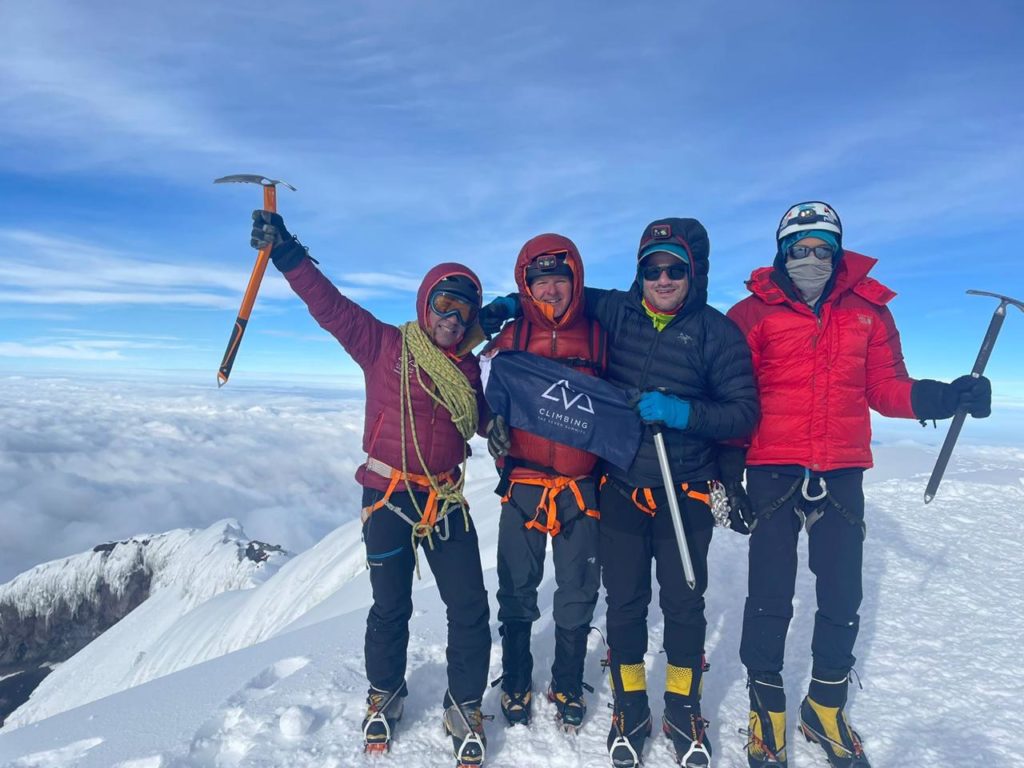

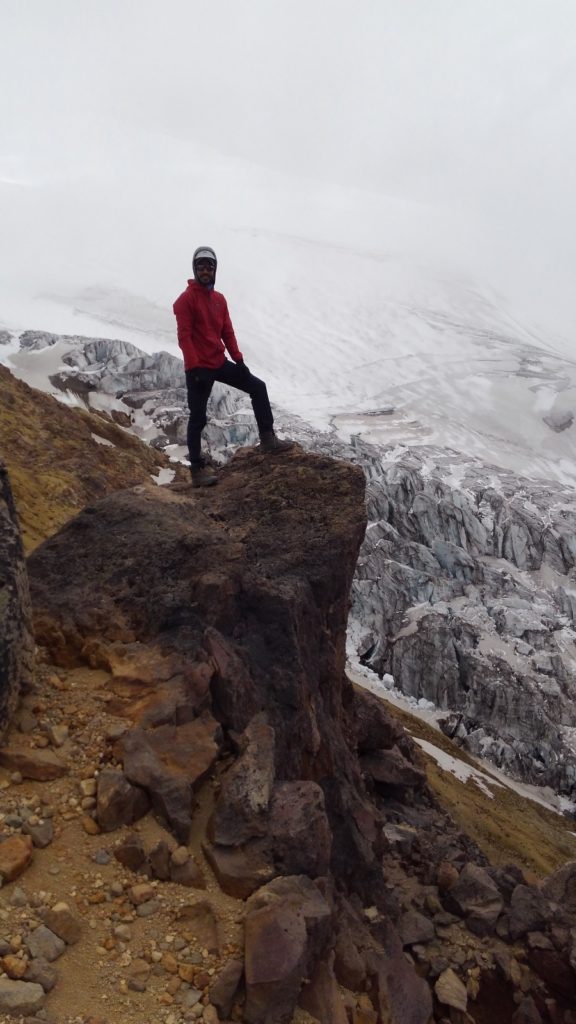
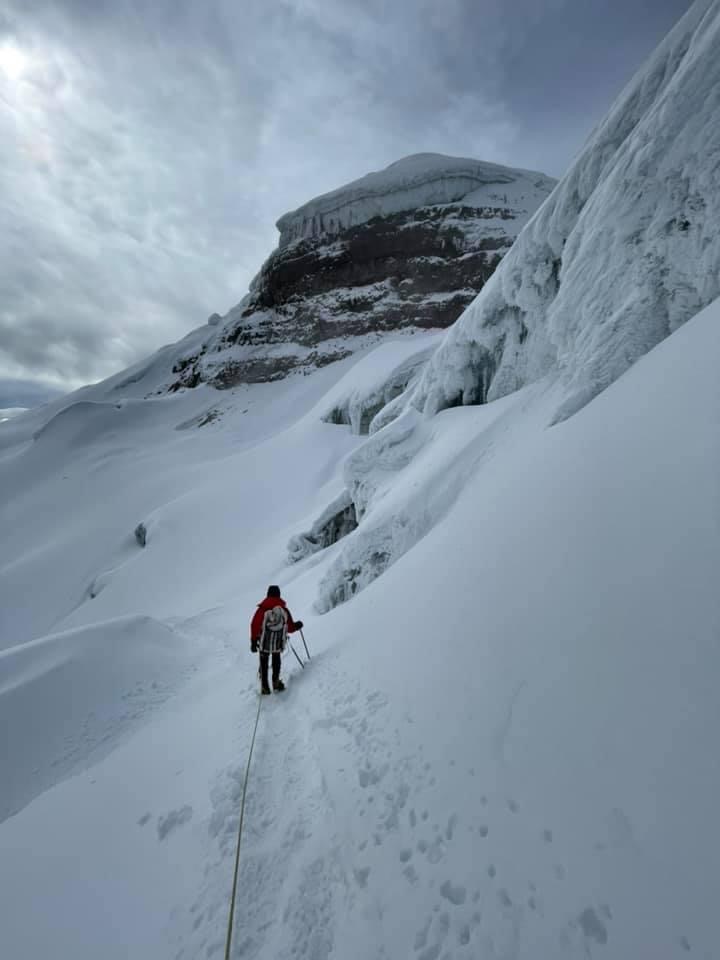

...Electric Storms on Cayambe...
The team is settled in at Papallacta Hot Springs Resort for a bit of well earned R&R.
Unfortunately they got weathered off Cayambe. They left the hut at 12:30 and 45minutes later a thunderstorm rolled over. With their hair starting to stand on end signaling the risk of lightening strike., it was an immediate call to stand down and return to the safety of the hut.
Guide Robert stayed up watching and hoping for the electric storm to push off until 4am, but it was stubborn and persisted. Team was disappointed but content in the call they made. Everyone now enjoying the hot springs!
Cheers
CTSS Team
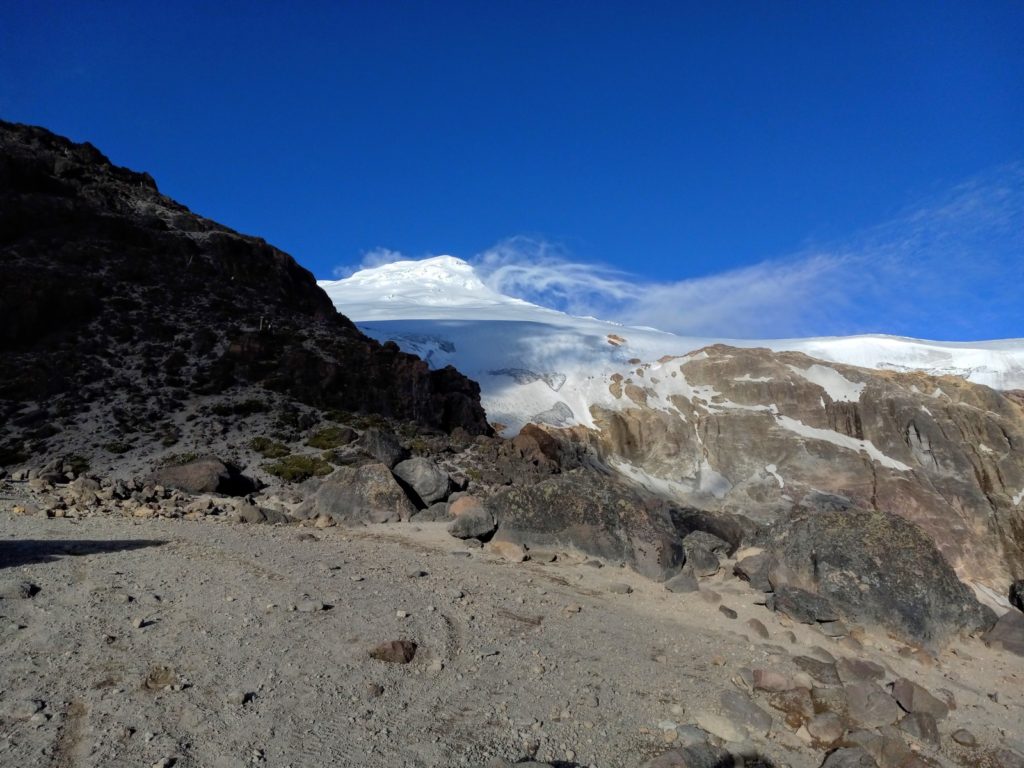


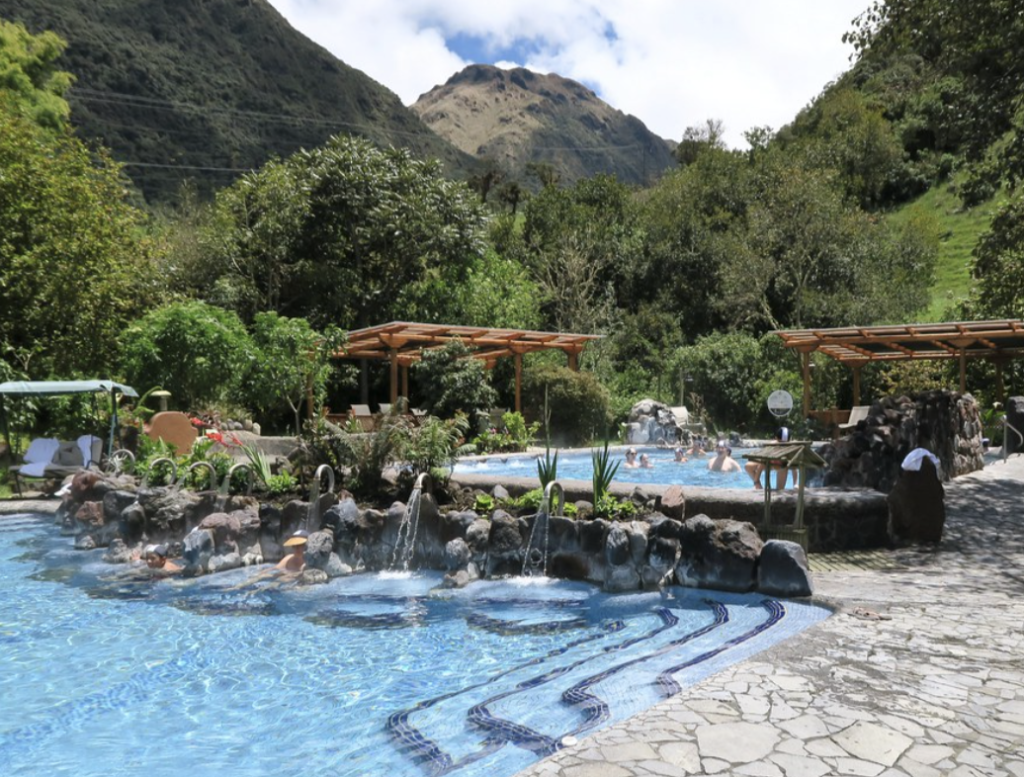
...Cotopaxi Summits...
First summits for our Ecuador team are in the bag! Congratulations team!
An alpine start under starry skies saw them leave the Refuge (mountain hut0 well before dawn with clear views down to twinkling lights of Quito below. They enjoyed great conditions with firm snow and summited at just after 7am local time. (19,347ft/5,897m) Perfect weather throughout the day and back to the Refuge in time for breakfast before packing up and hiking down trail to meet the bus.
They headed to the stunning Hacienda la Cienega for a hot shower and a well deserved rest. The Hacienda is one of the oldest colonial haciendas in Ecuador, with more than 400 years of antiquity. With walls made of volcanic stone that are two metres thick!
They are now headed to Cayambe where they will be out of range for another couple of days. They will continue their acclimatization before their summit bid on their second Ecuadorian volcano.
Cheers
CTSS Team
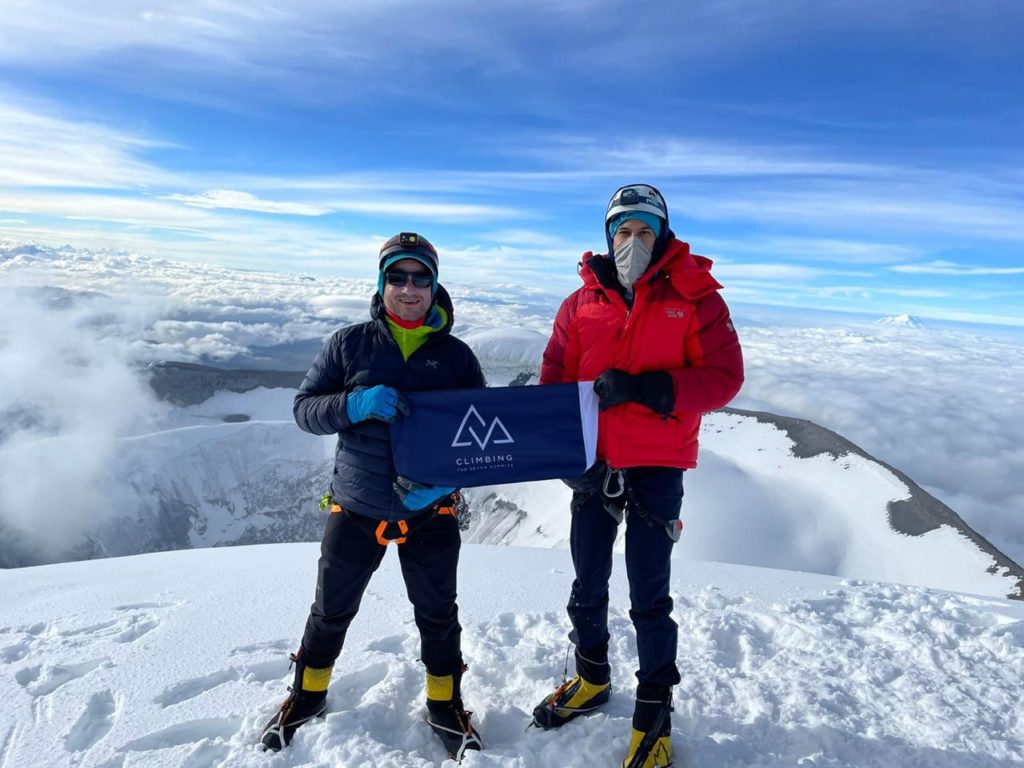

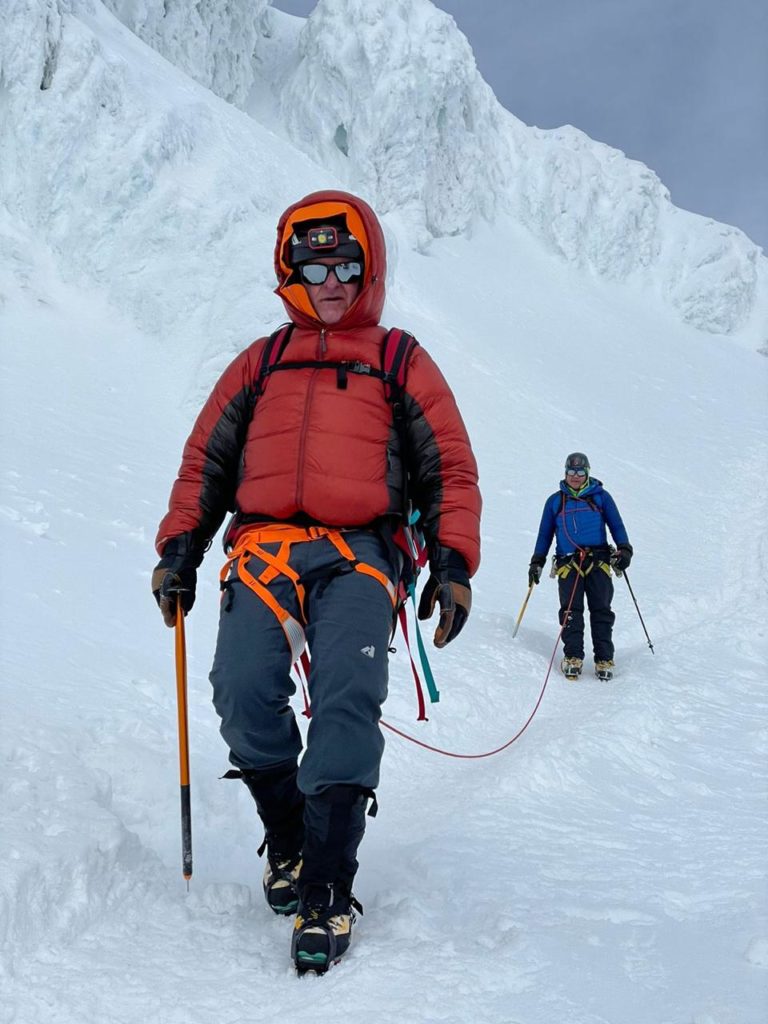

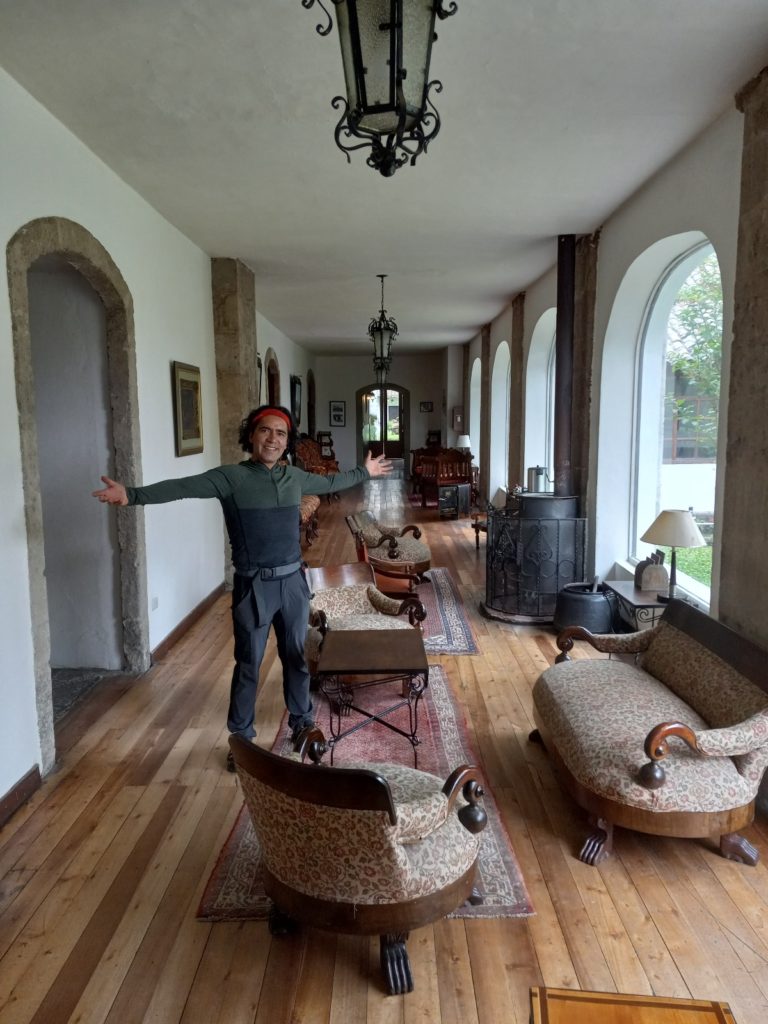
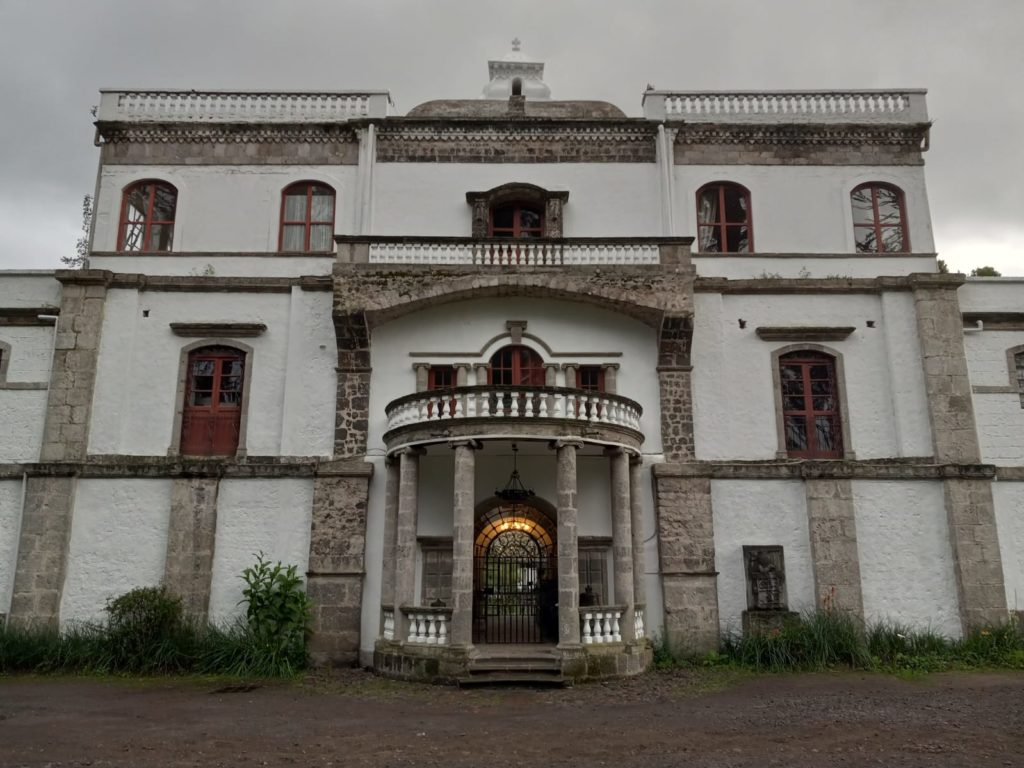
...Training on Cotopaxi....
A great day of training and acclimatizing for the team in Ecuador today on Cotopaxi.
They hiked up to the Refuge (mountain hut) at 15,800ft and dropped off a load of gear ready for their move up tomorrow before heading higher (16,200ft) to do their training. A full snow school that covered ice axe, self arrest, cramponing, rope travel. A beautiful day with good snow conditions.
They are safely back at Tambopaxi Lodge now for the evening. Tomorrow a more relaxed start with a free morning preparing for the climb ahead before moving up and settling in to the Refuge with their summit bid scheduled with an alpine start the following day.
Weather is looking better and better for the next few days!
Cheers
CTSS Team



...Gaining Altitude in Ecuador...
Guide Robert called in to let us know that the Ecuador team is strong and in good spirits. Today the team took a long acclimatization hike on Ruminahui up to 14,500ft before turning with some thunder rolling in. They moved to Tambopaxi Lodge which is the perfect staging ground for their first volcano Cotopaxi.
Tomorrow then team will do a full snow school at about 16,000ft to brush off their mountaineering and safety skills before returning to the lodge for another night. Weather is holding strong.
Cheers
CTSS Team
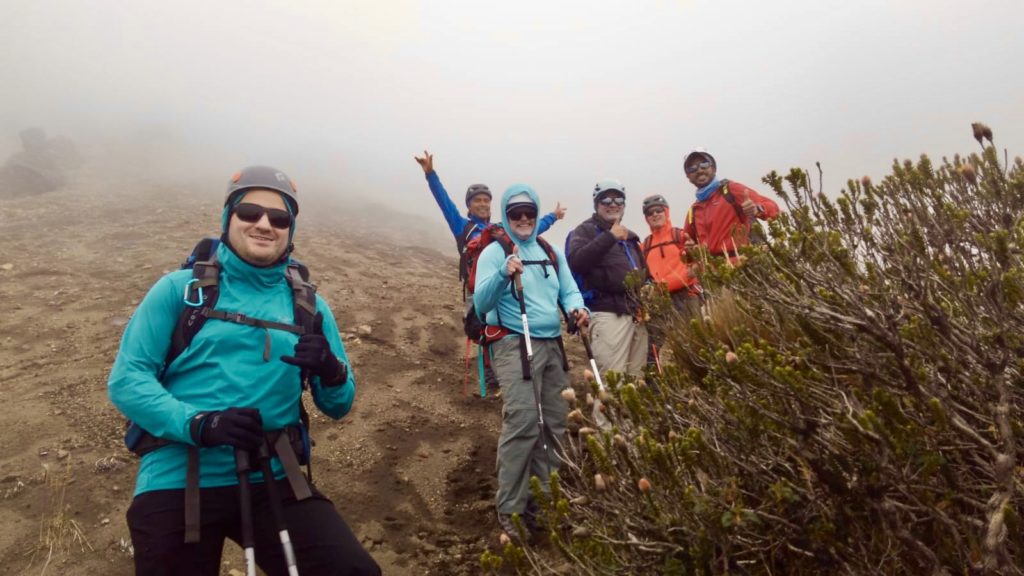

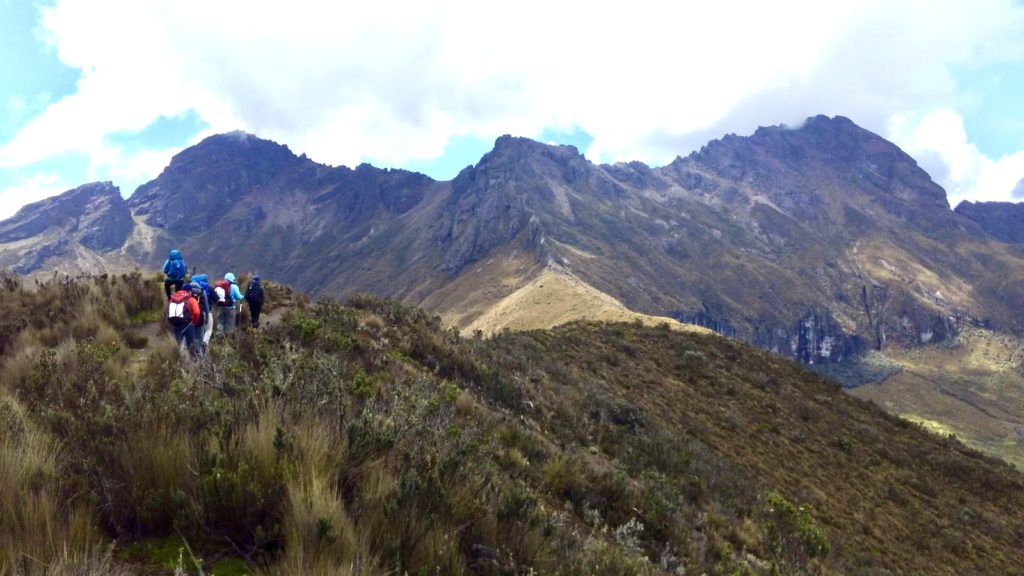
...Ecuador Team at the Equator...
Our Ecuador Volcanoes team have arrived in Quito smoothly and are all settled in. Guide Robert let us know that they completed all their gear checks (with flying colors) and their team briefing this morning before heading to the Teleferique and doing a hike on Pichincha and visiting the Equator. They saw out a full first day with an Ecuadorian feast at our welcome dinner. Weather was beautiful today - fingers crossed it continues.
Tomorrow they head to Ruminahui for an acclimatization hike before hitting their first volcano - Cotopaxi!
Here's some photos from the team.
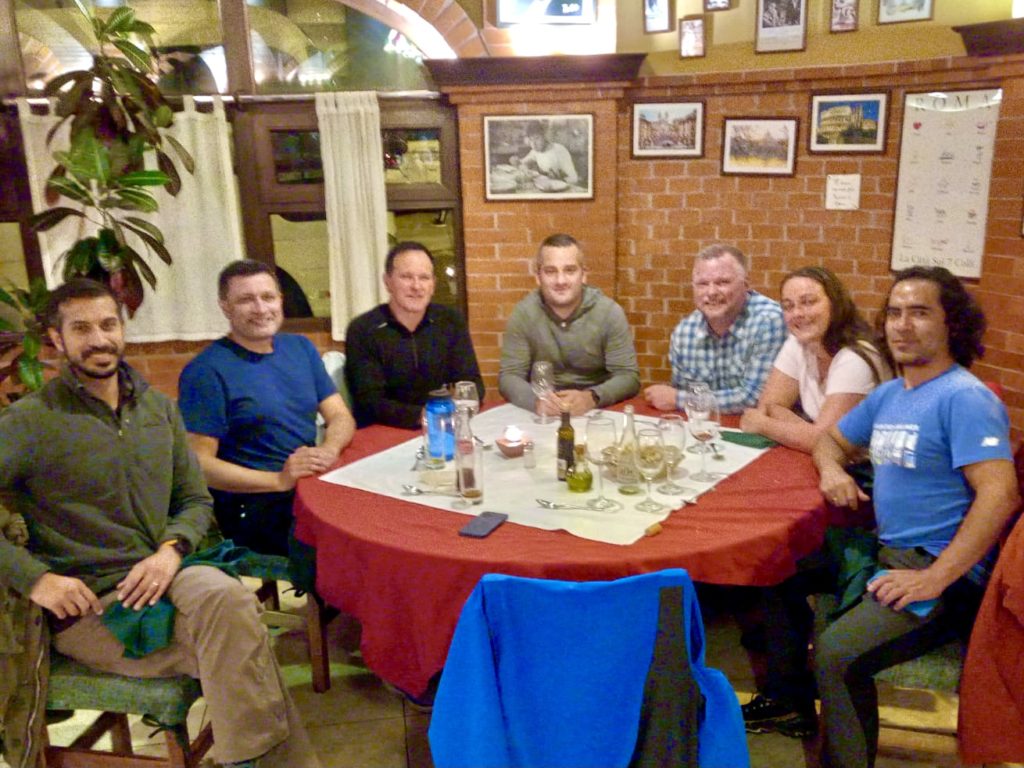


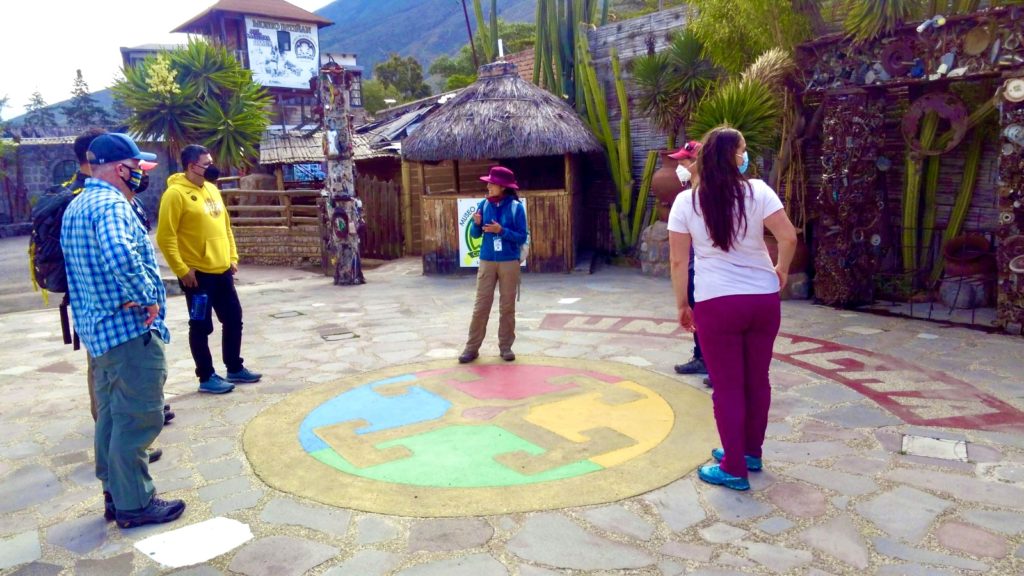

...In Tribute to Brent Seal...
We are deeply saddened to acknowledge the tragic passing of valued Manaslu team member and experienced mountaineer Brent Seal (37) from Langley, British Columbia, Canada.
Brent passed away at 7,885m on the morning of the 28th September 2021.
Brent climbed strongly throughout the summit bid and the entire expedition. He was in good spirits, eating, drinking and talking with his Guide prior to a sudden collapse during a rest stop. Emergency first aid & CPR was administered at the scene but was unsuccessful.
Brent was a quintessential and highly experienced climber who had been mountaineering since he was young. Brent successfully climbed several of the world’s highest and most challenging peaks including Aconcagua (2016), Denali (2016), and Pico de Orizaba (2019). He also conquered many peaks closer to home and especially loved climbing throughout the Squamish region. A true gentleman, he was one of the most enthusiastic, humble, kind and prepared teammates we've ever had the pleasure of climbing with. He founded Mavrixx, a Vancouver based organization that focused on redefining mental health by providing education and workshops to promote optimism in the face of struggles and setbacks. He dedicated his life to supporting people with mental health challenges and by sharing his lived experiences, inspired them to take control of their mental health and wellness, and live great lives.
We are proud to have had him as part of our team and are deeply saddened and shocked by his passing.
Our focus is in supporting his loved ones during this unimaginably difficult time and we ask for your assistance in this by respecting their privacy.
CTSS Team & Seal Family.
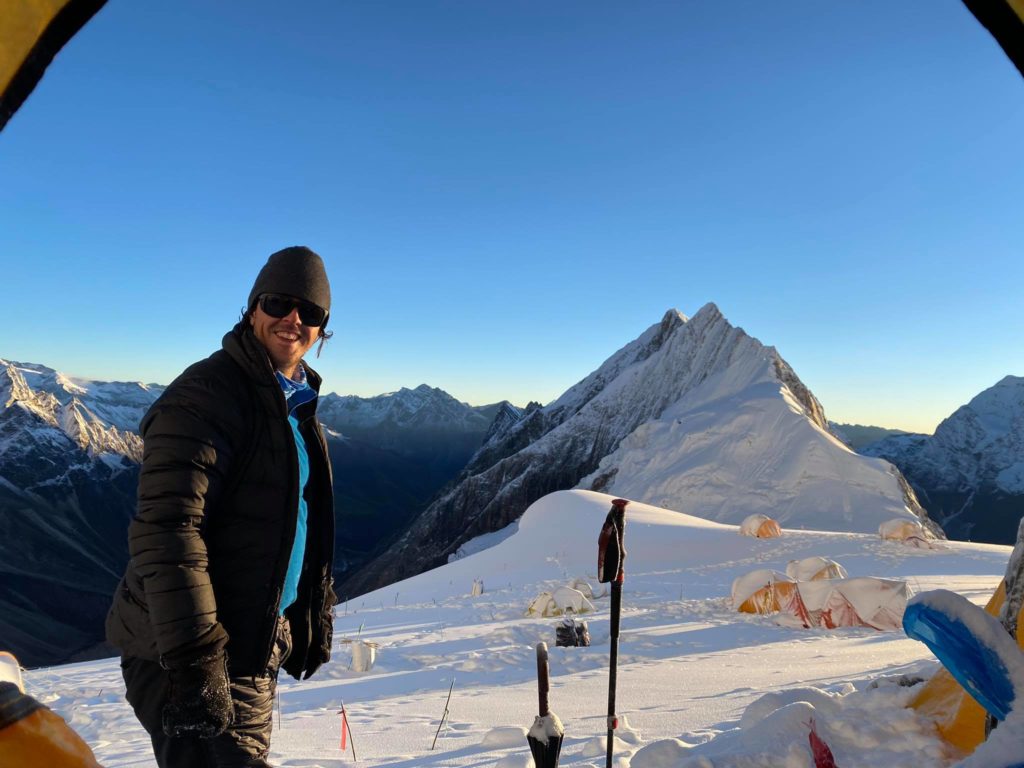


...Cruising to Camp 4 on Manaslu...
The team just called in with great reports of a strong and straightforward climb up to Camp 4! They are now in position for their summit.
Guide Tendi said the team climbed extremely well in approx. 5hrs up to High Camp with nice clear skies this afternoon.
They are now bedding down for some well deserved rest before heading up toward the summit later tonight. They plan to leave camp around 1am.
Nice and clear weather right now, with more of the same in the forecast, a bit of moisture in the air tomorrow but low winds.
Go Team! Goodluck!
Cheers
CTSS Team
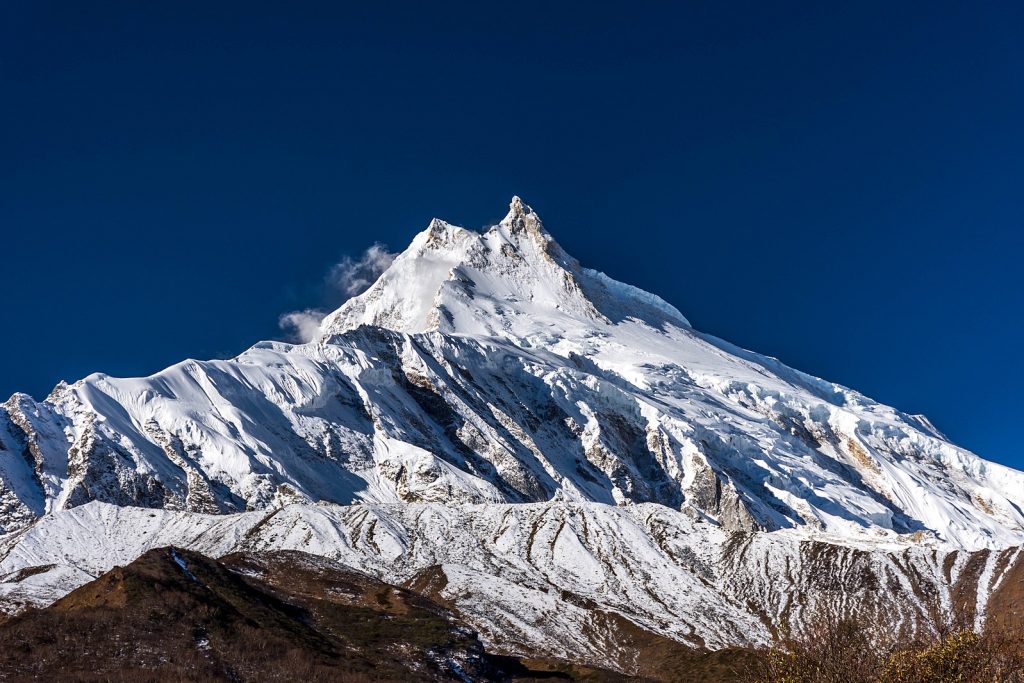
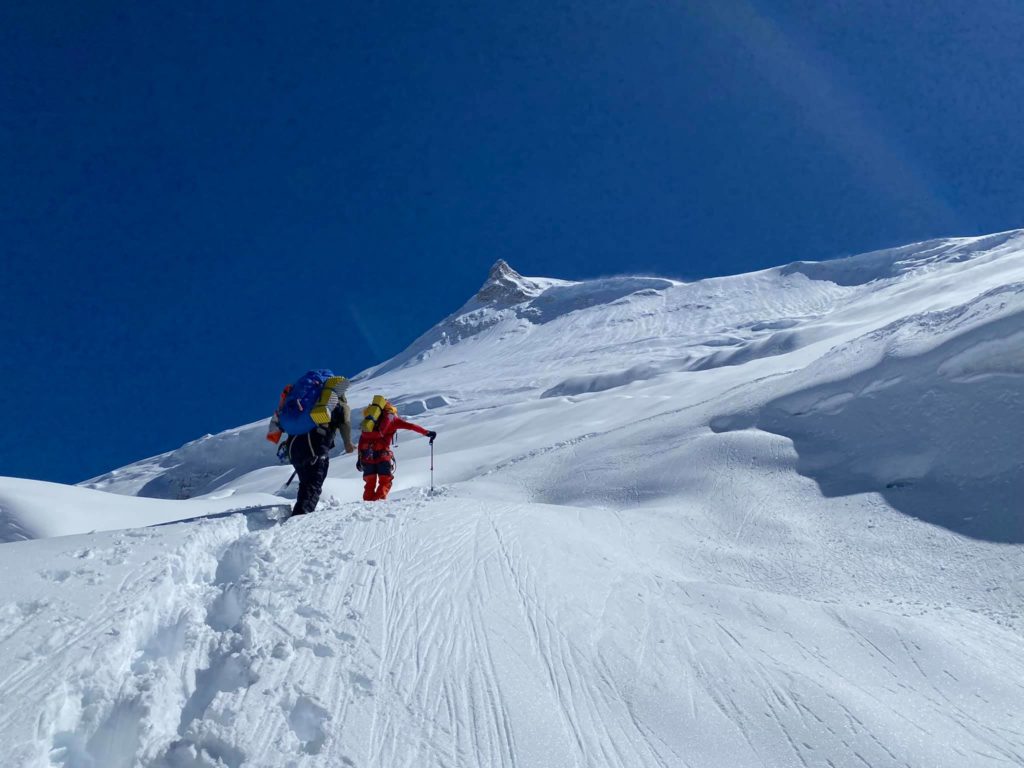
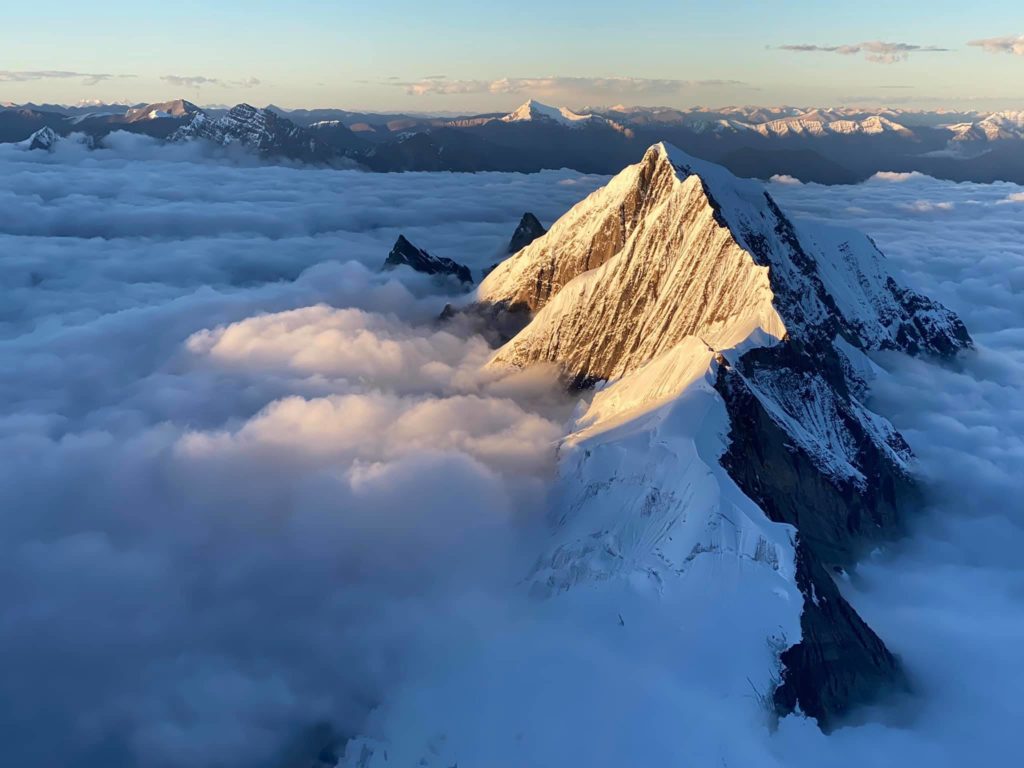
...Manaslu Camp 3...
The team just called in from Camp 3 on a beautiful morning on Manaslu.
They had some snow down low yesterday but a clear, starry night at Camp 3 last night. A few scattered clouds this morning but those should clear into another beautiful day for their climb to Camp 4. They'll give us another call from Camp 4 this afternoon.
Guide Tendi reported that the team slept really well, no headaches so they are acclimated well and they are strong.
Cheers
CTSS Team


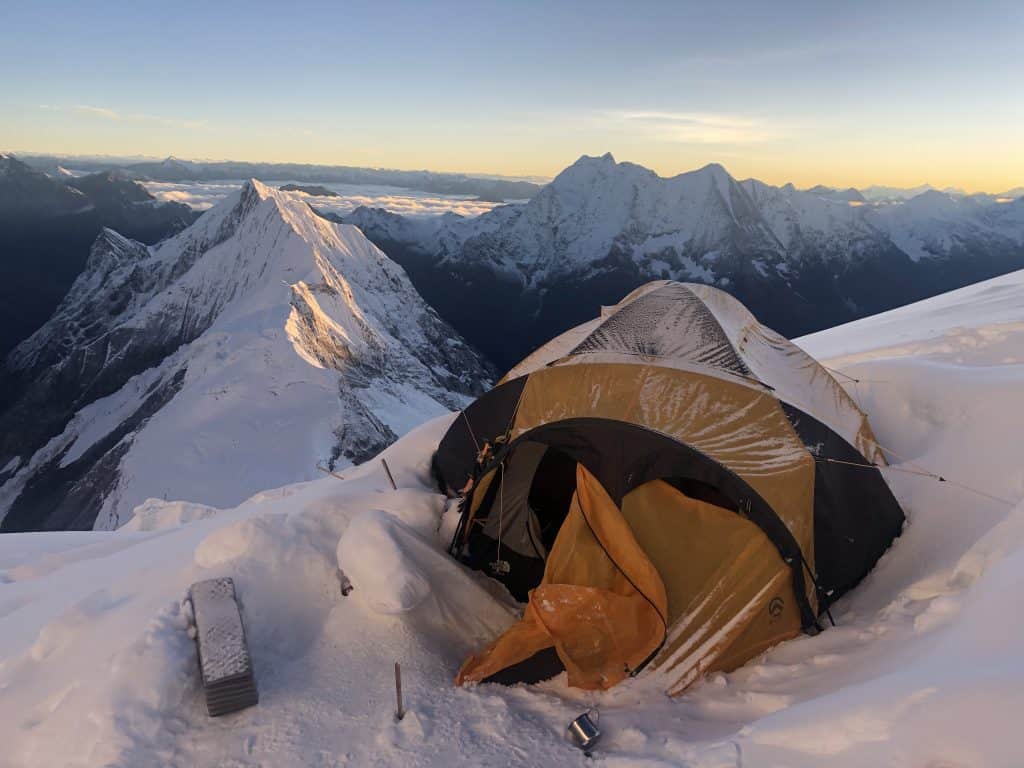
...Manaslu Team to Camp 2...
Quick update today with the team focused on their climb. They are safely into Camp 2 taking advantage of this clear weather. Tomorrow they'll head up to Camp 3 and check in from there.
Weather is still holding beautifully for the summit in a few days and they're climbing strong and feeling good.
